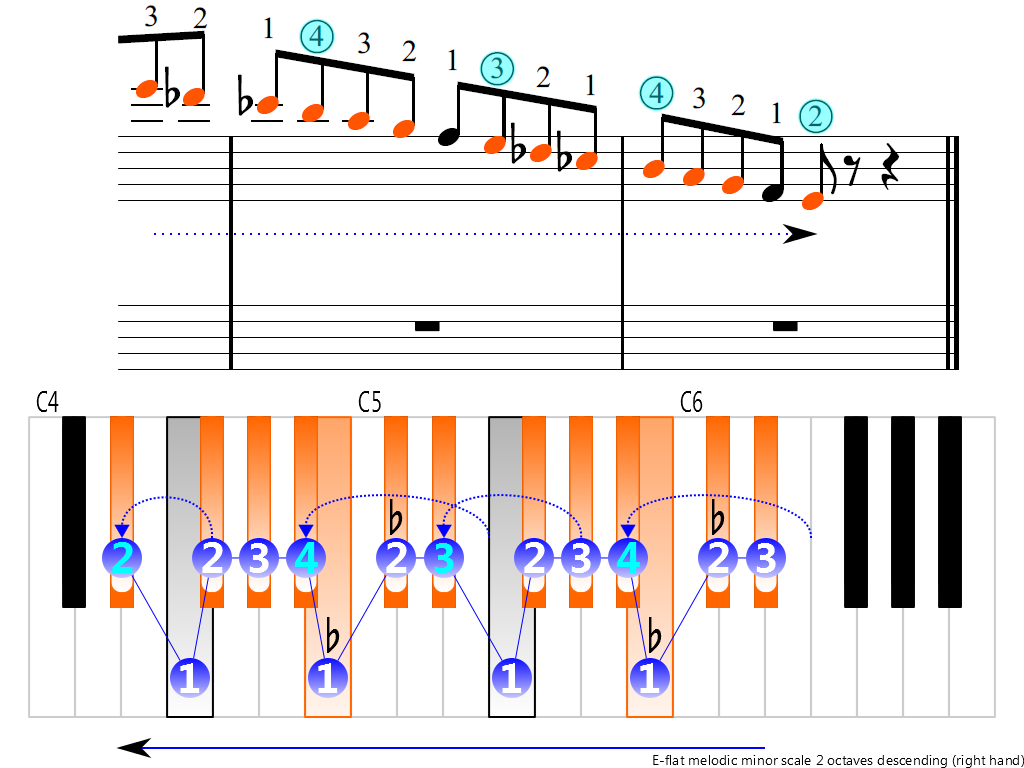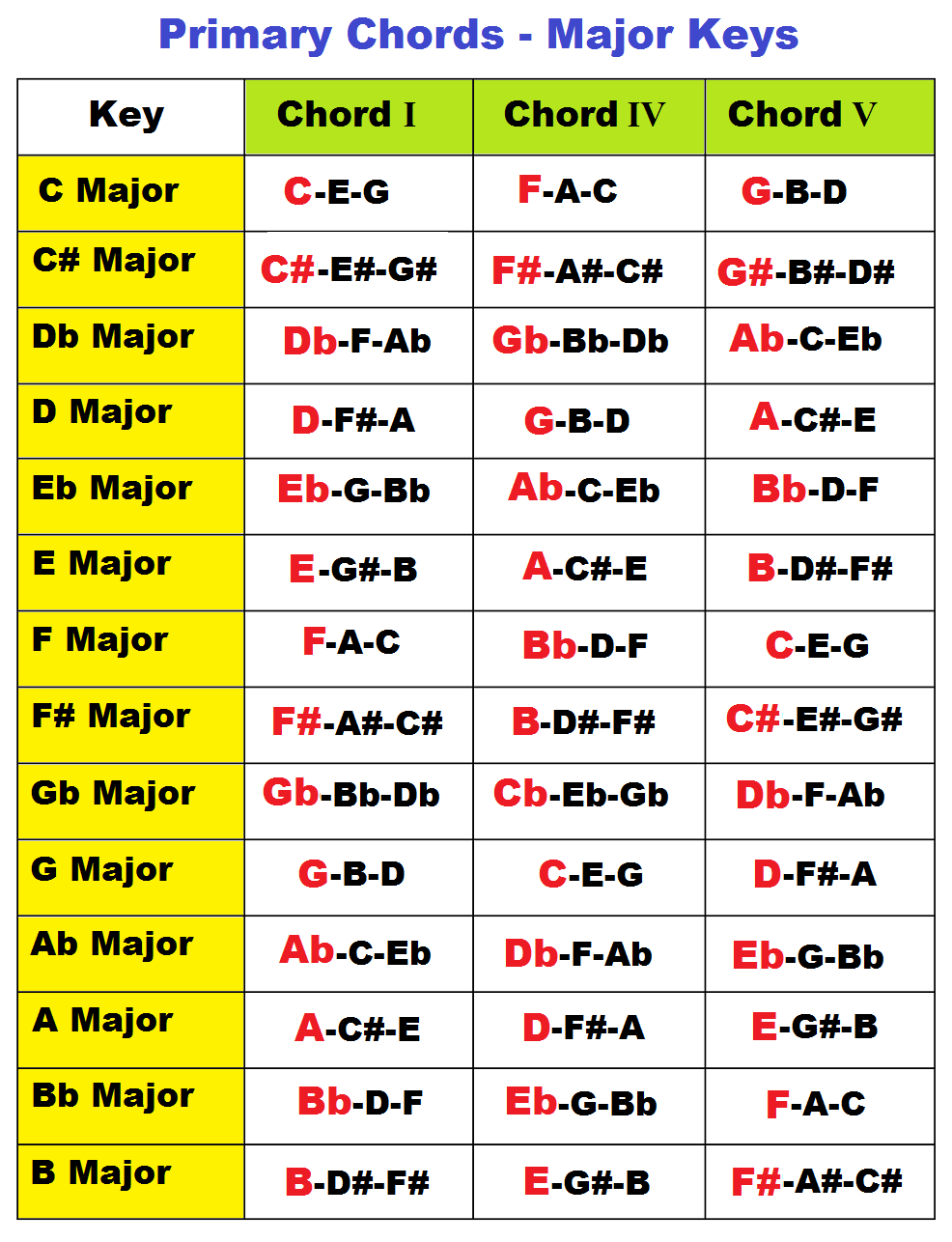

To fill in the larger step in a melodic figure, composers and arrangers began including a natural 6th scale degree in stepwise minor passages.

This fixes the V chord, but introduces another problem-a skip of one and a half semitones in an otherwise scalar collection of notes. Raising the 7th scale degree creates the harmonic minor scale. That means it does not contain a dominant 7th chord on scale degree 5. If you just need the basics, the natural minor scale lacks the raised 7th scale degree or leading tone of the major scale. If you need a full breakdown of the differences between the two, head over to our in-depth guide to minor scales. The other two are harmonic minor and melodic minor. I already discussed the Aeolian mode, otherwise known as the natural minor scale. When visiting the relative minor from a major key, they’re all valid options to use. If you’re new to the minor scale, you might not know that there are a few variations that serve different purposes in a musical composition. Just pick any from the related major key to know which to use! Relative minor scale formulas The most common choice is the minor IV chord, but you can experiment with others as long as you know the chords the key. Listen for it in the chorus of this classic hit. Here’s an example of how the minor V chord found in the Aeolian mode can bring a different feel to a song. The relative minor scale without any alterations is equivalent to the natural minor, or aeolian mode. It also contains some characteristic chords that can help you play with listener’s expectations and create interest. This scale sounds more neutral and static than harmonic minor or melodic minor due to its whole step intervals and lack of leading tone. It comes from the modes of the major scale.Īeolian is a unique sound on its own to try in your songs. Aeolian modeĪs I mentioned, the relative minor scale without any alterations is equivalent to the natural minor, or aeolian mode. If you need to explore a new harmonic area and you’re not sure where to go, the relative minor should be first on your list. Luckily, the relative minor is one of the simplest and most natural keys to change to mid-song. Unlimited mastering & distribution, 1200 royalty-free samples, 30+ plugins and more! Get everything LANDR has to offer with LANDR Studio.īut creating a smooth modulation can be a theoretical workout.


 0 kommentar(er)
0 kommentar(er)
